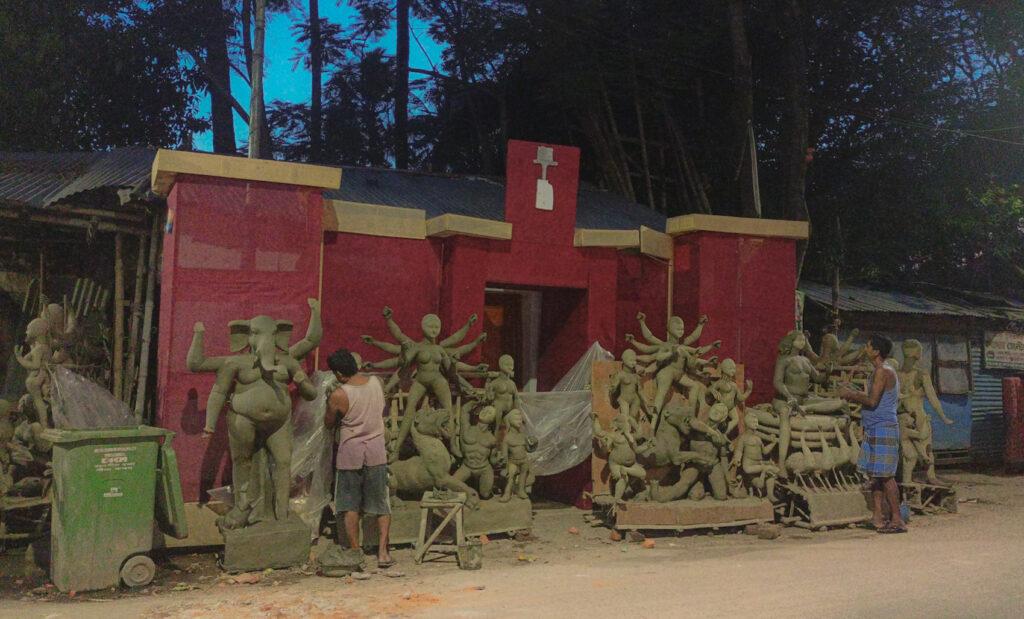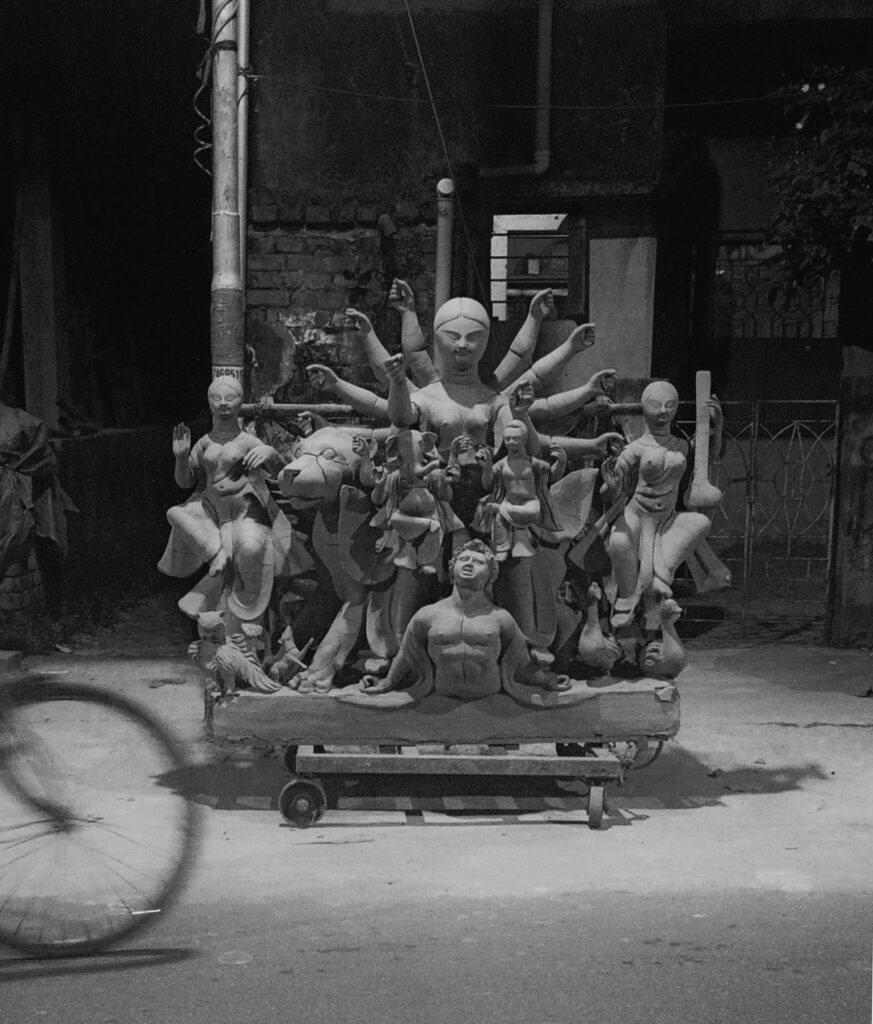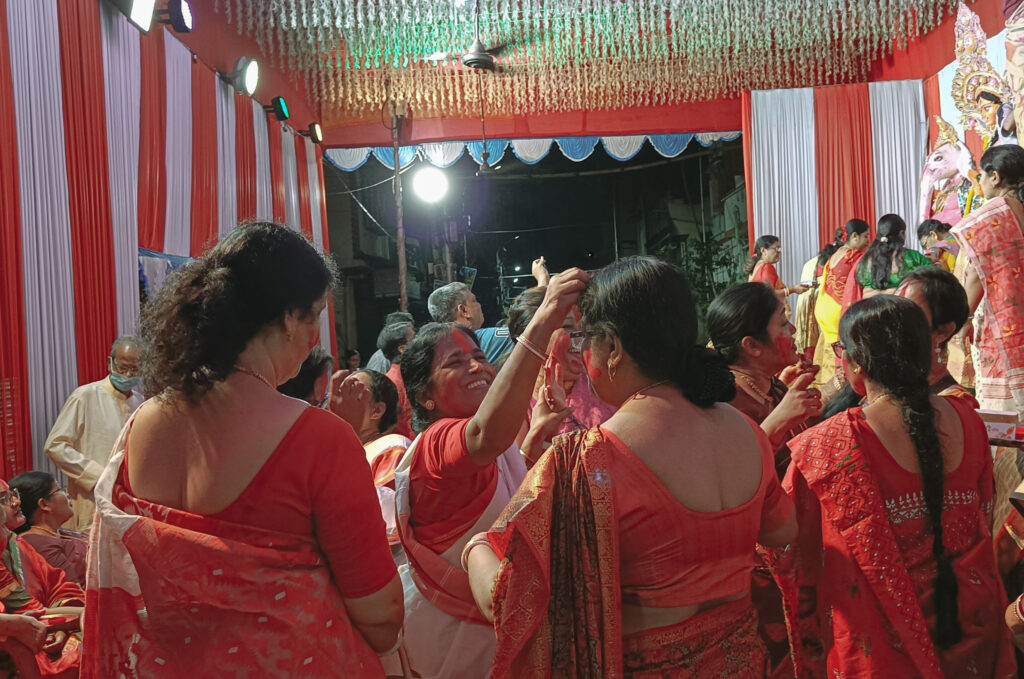
There is a wide celebration of Durga Puja throughout India and even abroad. In reality, however, it goes much deeper than just a Hindu festival, especially among Bengalis. It is a five-day celebration of food, pandals, music, and cultural evenings, welcoming Maa Durga back to her paternal home. While Kolkata is unmatched in the grandeur of this festive fervour, other cities try to replicate the same euphoria that makes Durga Puja an event that no Bengali should miss and everyone must experience once in their lifetime.


There are months of preparation that are put into this five-day carnival. Traditionally, the main attraction has been the majestic, beautiful and varied idols and the innovative and startling idol designs, decorations, and lighting along with the pandals or marquees depicting various themes and ideas.


In Kolkata, the city comes to a halt as the celebration takes place. The festival brings people together from all across India. There is something for everyone at the festival, from the beautifully lit and decorated streets to gastronomical extravaganzas, pandal hopping, and much more. The whole city is transformed into a paradise of joy and togetherness.


The most emotional part of Durga Puja is visarjan, or immersion. This is when everyone bids farewell to maa Durga and chants ‘asche bochor abar hobe’, which means Goddess Durga will visit us next year as well. This tenth day, known as Dashami, is celebrated with a ceremony named Sindur khela (playing with vermillion) during which married women apply vermilion to their faces and to the goddess Durga dressed in traditional Bengali garb.



After five days of prayer, feasting, and merrymaking, immersion or visarjan at the end of Durga Puja is like parting with an extended family member.

Bornona Barik
Bornona barik is a mass communication student from Kolkata. She is currently exploring the different niches and avenues under the vast industry of media. Photography is her passion and the way pictures frame one's understanding and empathy towards a piece of news compels me to learn more about the intricacies of photojournalism in the future. Apart from photography, books and cinema keeps her busy. She is also an avid traveller and enjoy exploring off-beat destinations.


So well written, felt like a journey through someone’s mind.
elegant work, looking up to the author for more
of course like your web-site but you need to check the spelling on several of your posts. A number of them are rife with spelling issues and I in finding it very bothersome to tell the reality however I will definitely come back again.
Thank you for the sensible critique. Me & my neighbor were just preparing to do a little research on this. We got a grab a book from our local library but I think I learned more from this post. I’m very glad to see such wonderful information being shared freely out there.
Wow that was odd. I just wrote an very long comment but after I clicked submit my comment didn’t appear. Grrrr… well I’m not writing all that over again. Anyways, just wanted to say superb blog!
You are my inspiration, I have few web logs and occasionally run out from post :). “Yet do I fear thy nature It is too full o’ the milk of human kindness.” by William Shakespeare.
I keep listening to the news lecture about getting free online grant applications so I have been looking around for the finest site to get one. Could you tell me please, where could i find some?